Auteur: Stålenhag, Simon
Marque: Skybound Books
Nombre de pages: 128
Date de sortie: 07-04-2020
Détails: Description du produit The basis for the new Amazon Prime Original Series! Perfect for fans of E.T. and Stranger Things—the first narrative artbook from acclaimed author and artist Simon Stålenhag about a fictionalized suburban town in the 1980s inhabited by fantastic machines and strange, imaginative beasts. In 1954, the Swedish government ordered the construction of the world’s largest particle accelerator. The facility was complete in 1969, located deep below the pastoral countryside of Mälaröarna. The local population called this marvel of technology The Loop. These are its strange tales. From the same author who wrote the imaginative artbook The Electric State, this “haunting,” ( The Verge) “sophisticated sci-fi” ( The Nerdist) follows the bizarre stories from otherworldly creatures and is a page-turner you won’t be able to put down. Extrait 1. A Brief History of the Loop Project A BRIEF HISTORY OF THE LOOP PROJECT The revolutionary powers inherent to nuclear technology became apparent at the end of World War II. It was obvious that comprehensive research within the field of fundamental physics would lead to breakthroughs of great military and civilian importance. In the Soviet Union, the seemingly random discovery of the magnetrine effect had given birth to the wondrous magnet ships, and it had completely revolutionized the transport industry. These events seemed to indicate that broad research would pay off; a wide array of experimental research programs were initiated in Sweden, including in the field of fusion. It was in those pioneering days in the early ’50s that the plans for a government owned and operated particle accelerator were hatched. Soon it became clear that it would become the biggest accelerator in the world, more powerful even than the one that had been completed in Nevada a few years earlier. The project was named The Facility for Research in High-Energy Physics, but was often called the Mälarö facility or, more commonly, the Loop. Construction began in 1961 and took eight years. It was operated by the newly formed Riksenergiverket (National Energy Agency) and consisted of around twenty research teams with a total of 129 scientists and science students. Including service personnel, the facility eventually had several thousand employees. The Loop was inaugurated in 1969, and the first experiment was conducted in July 1970. The capacity of the facility was increased over the years, and the Loop remained the world’s most powerful accelerator until its decommissioning in 1994. The illustrations in this book focus on my generation of Mälarö children and the environment we grew up in. As to the facility itself, its machines and other technology, I have tried to illustrate it all in detail. I have based my illustrations and descriptions on a massive amount of my own field notes and photos, but also on documentation from vendors and subcontractors. I have also gone through a lot of reports and documents pertaining to the Loop project that have been made available by Riksenergi. The goal of my work has in no way been to depict the rise and fall of the Loop project objectively or exactly; rather to give a personal, subjective, and sometimes simply entertaining look into how the project, and Riksenergi, affected the people and the landscape, and how it was to grow up in that environment. Sometimes I even leave Mälaröarna to describe other places and memories that I have considered to be pertinent to the mood and tone of the book. The stories I tell here are mostly based on the memories of myself and others: especially my childhood friend, Ola, who possesses a near-eidetic memory and has been able to recall all our schoolyard stories down to the smallest detail. I am eternally grateful to him for his help with the content of this book. Simon Stålenhag, Kungsberga, spring 2014 Revue de presse « Stålenhag was far and away my favorite sci-fi artist of 2015, and Tales From the Loop will show you why. His universe is a dystopia you wouldn’t mind exploring, one that oppresses you with mystery and beauty rather than drab soldiers or vacuous ‘you have this emotion, therefore you belong in this group’ regimes. The Loop is sophisticated sci-fi buried under snowy Swedish dirt. And I can’t wait to dig deeper.”, Nerdist « Simon Stålenhag did not forget the robots. More to the point, Simon Stålenhag can’t forget the robots, because in his remarkable, beautiful new art book, Tales From The Loop, he has embedded them into our collective past, offering a vision of an alt-history Sweden in the late 80’s and early 90’s where they clack through suburban streets, lurk in the backyard trees, or lie, still and cold, abandoned in snowy fields… If you’ve got a geek in your family who needs a Christmas present, this should be it. They’ll love you forever. If you’ve got a young nerd in need of corruption ? a kid who’d benefit from having their reality shaken and their head filled with impossible things ? this’ll do the trick because, Tales has the magic. It’s got the robots, the weirdness, the dinosaurs. », NPR.org « Haunting. », The Verge “A jaw-dropping science fiction artbook . . . This quiet, sad adventure is an excellent and visually stunning addition to any graphic novel, art, or science fiction collection.”— Publishers Weekly, starred review on The Electric State “A haunting illustrated novel. . . . Readers of bleak, emotionally rich dystopian science fiction will be fascinated with the way Stålenhag doles out details—all the way to the open-ended, heartbreaking conclusion.”— Booklist, starred review on The Electric State “An awe-inspiring vision of a species committing suicide, perhaps to be reborn as something new. . . The Electric State is a striking and strangely compelling work of science fiction gothic. Providing a series of snapshots of an alternate Earth of yesteryear, it tells the story of how that world ended.”— New York Journal of Books on The Electric State « One part art-book, one part picture-book—the mundanity of everyday relationships play out alongside science fiction imagery that is as beautiful as it is unsettling. »— Waypoint on The Electric State « [Simon Stålenhag’s] stories crawl into my brain and mess with my memory of history, time, and place. His art (photorealistic, washed out, laced in neon or icicles, nostalgic and futuristic both at the same time) gets into my eyes and stays there. . . . If you’re anything like me, you’ll take those images to bed with you for a long time and dream of Stålenhag’s America — lost to sand, to drought, to war, to loneliness, and stalked always by the low, distant rumble of something terrible rising out of the earth and coming for you. »— NPR Books on The Electric State « [The] mix of science fiction and real world pop-culture nostalgia is instantly compelling, but there are layers to The Electric State that take the story beyond surface value. . . . In a way, it is an extremely American story, bringing together themes like the intersection of war and technology; fire-and-brimstone religion and its effect on LGBT youth; families separated by great physical distance while still being a part of the same country. »— Los Angeles Times on The Electric State « Gorgeously creepy and strangely human. », NPR Books on Things from the Flood Biographie de l’auteur Simon Stålenhag is the internationally lauded artist and author of Tales from the Loop, Things from the Flood, and The Electric State—the narrative art books that stunned the world with a vision of an alternate 1980s and 1990s where technology had invaded the tranquil landscapes to form an entirely new universe of the eerie and the nostalgic. He lives in Stockholm, Sweden.
Soyez le premier à laisser votre avis sur “Tales From the Loop” Annuler la réponse
Vous devez être connecté pour publier un avis.




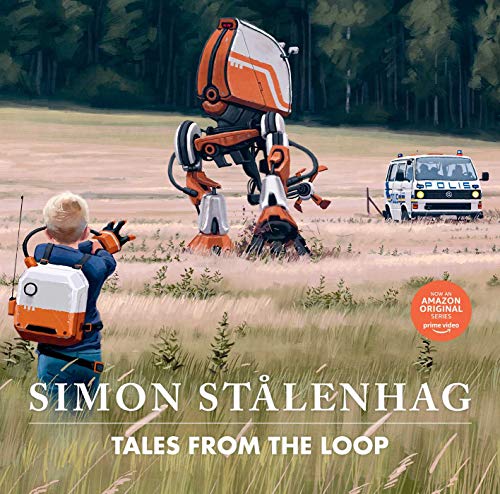
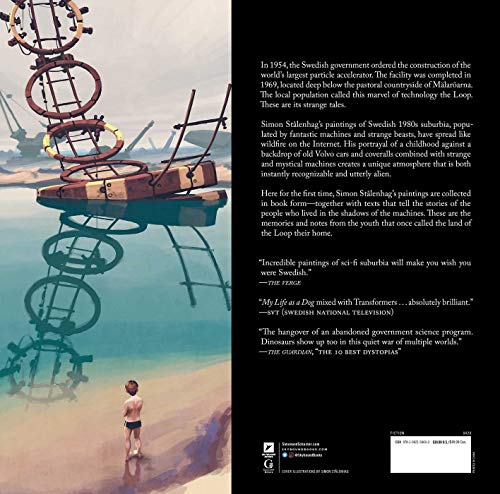
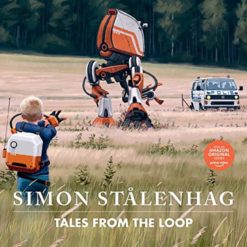
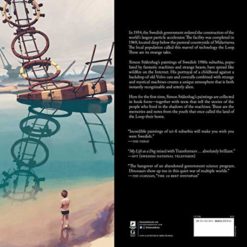



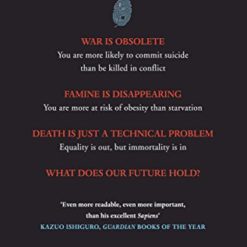




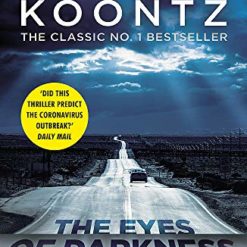
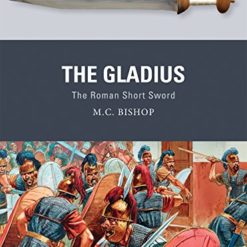



Avis
Il n’y a pas encore d’avis.